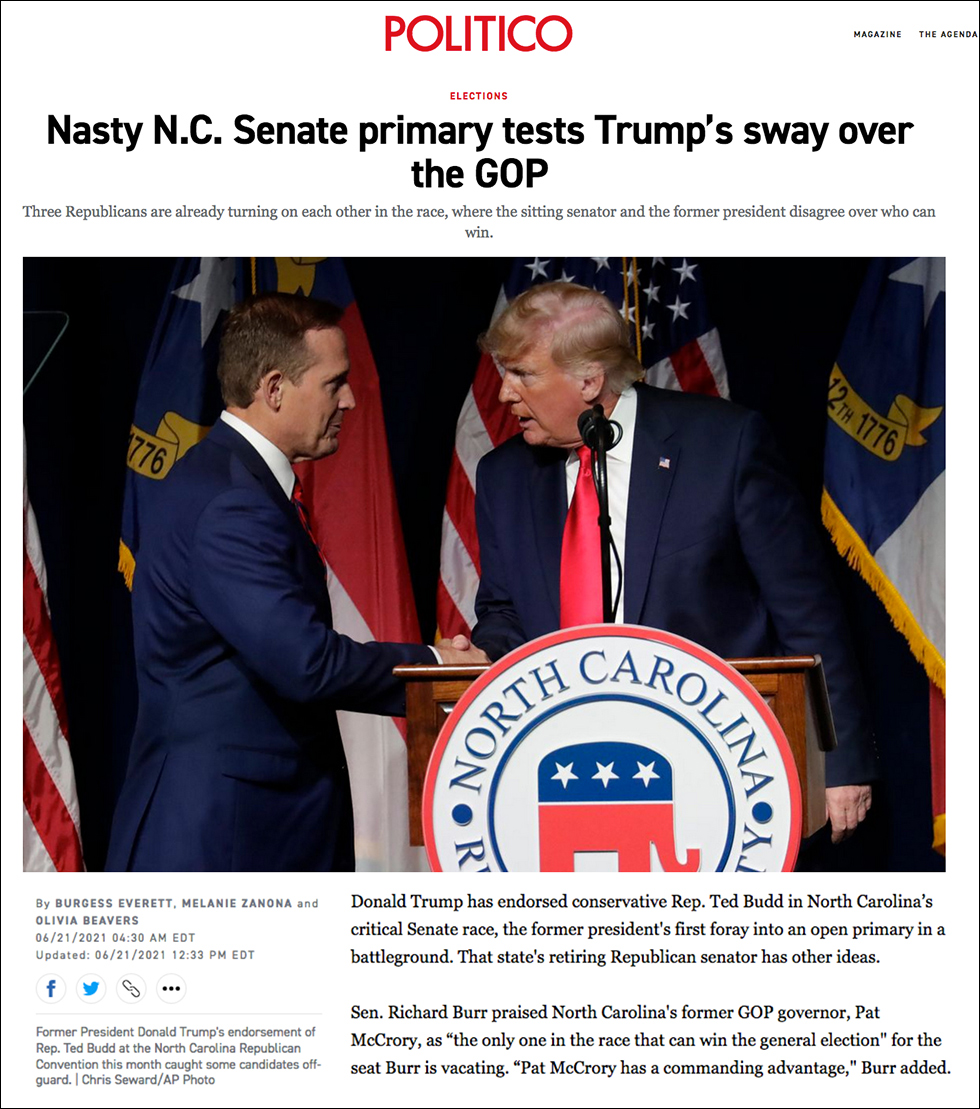Nov. 17, 2021 — Vermont Sen. Patrick Leahy (D), the Senate President Pro Tempore and fifth longest-serving senator in American history, announced Monday that he would not seek a ninth term next year.
The decision was a surprise in that few expected the senator to do anything but run despite some cryptic comments he made earlier in the year. Sen. Leahy will retire as the chairman of the Senate Appropriations Committee after previously heading both the Agriculture and Judiciary Committees. He came to national prominence as the 10-year Judiciary Committee chairman.
As the Chittendon County State’s Attorney, Leahy first ran for the Senate as a little known underdog and was able to win a close general election in the Watergate year of 1974. In those days, Vermont was a Republican state. He was then re-elected in 1980, ’86, ’92, ’98, 2004, ’10, and ’16. Over his long electoral career, he averaged 60.6 percent of the vote over the eight elections.
During all of that time, he had one close call after his original victory, beating Republican Stewart Ledbetter by 2,755 votes in his first re-election during the 1980 campaign cycle. After that, in only one contest did he drop below 60 percent.
In his first election, with a combined vote on the Democratic and Independent Vermonters ballot lines, he was able to defeat Republican Richard Mallary and Bernie Sanders, the latter of whom drew 4.1 percent of the vote on the Liberty Union Party ticket.
After a string of Republican senators exiting, five in all with two more — Sens. Ron Johnson (R-WI) and John Thune (R-SD) — not yet revealing their 2022 political plans, Sen. Leahy becomes the first in-cycle Democrat not to seek re-election. The five departing Republicans are Richard Shelby (AL), Roy Blunt (MO), Richard Burr (NC), Rob Portman (OH), and Pat Toomey (PA).
Vermont, however, is unlikely to become a competitive open seat. Eight-term at-large Rep. Peter Welch (D-Norwich), who has the same constituency as a senator, is well positioned to succeed Sen. Leahy and is expected to soon announce his candidacy.






